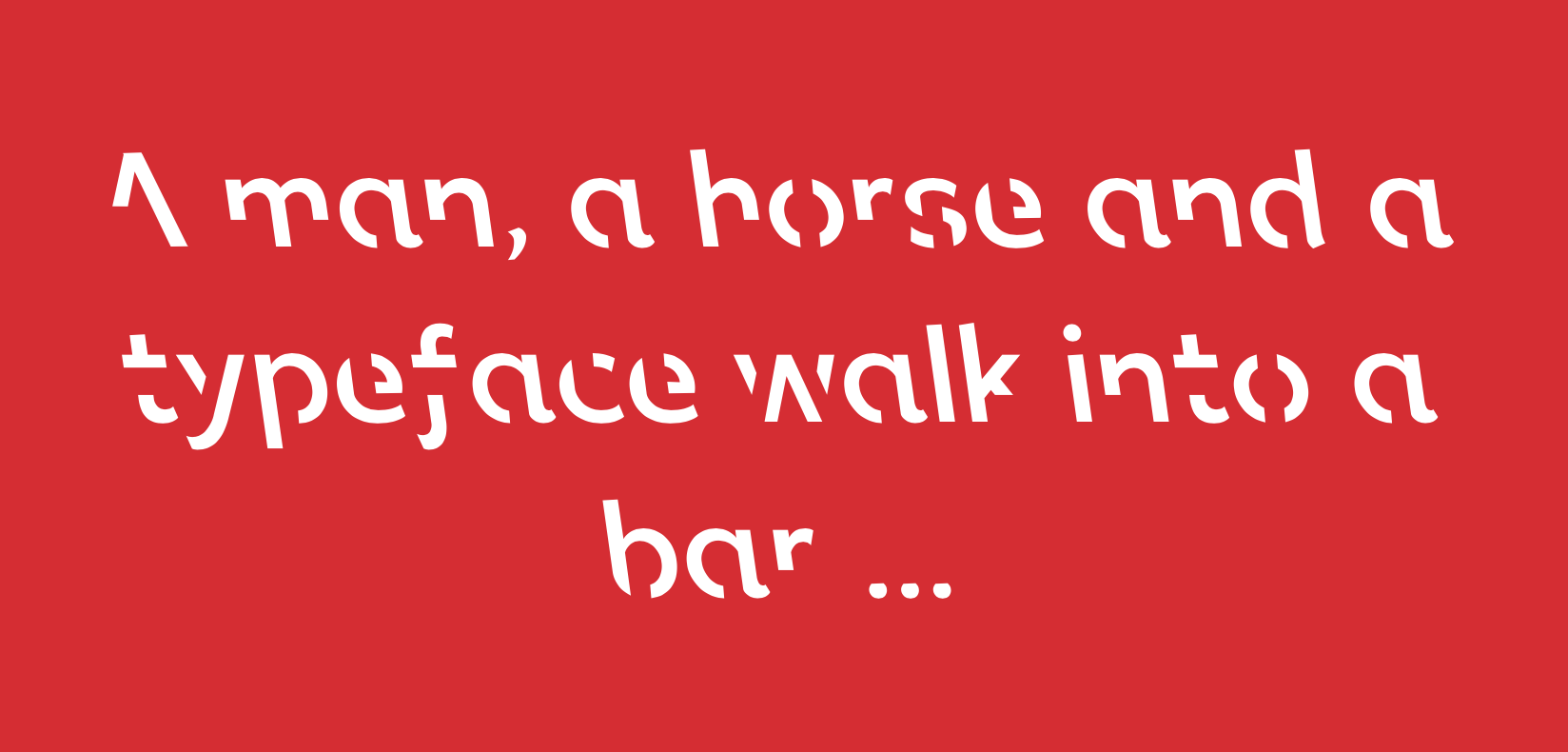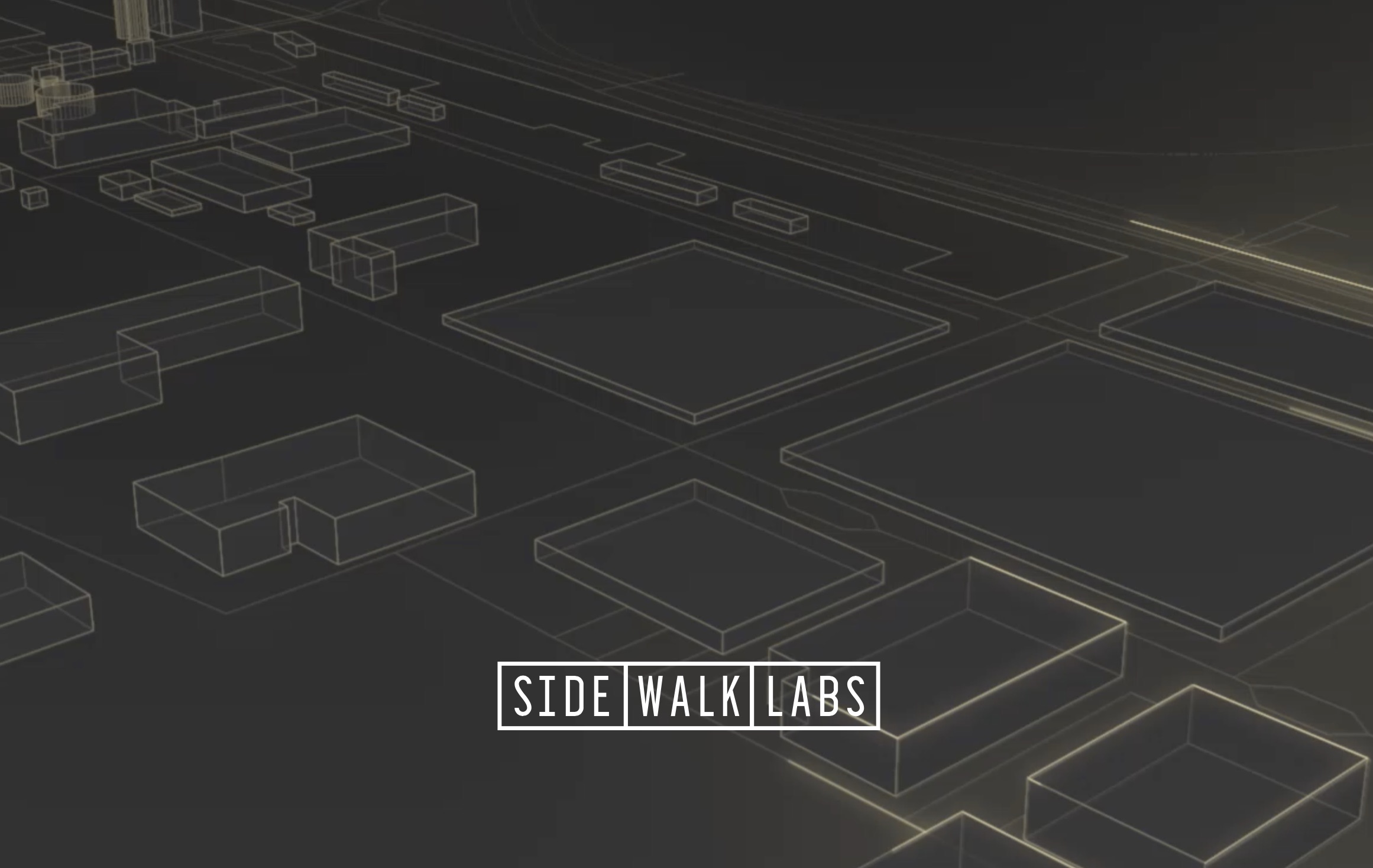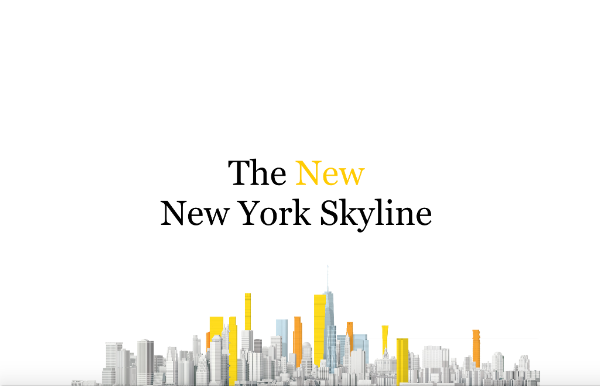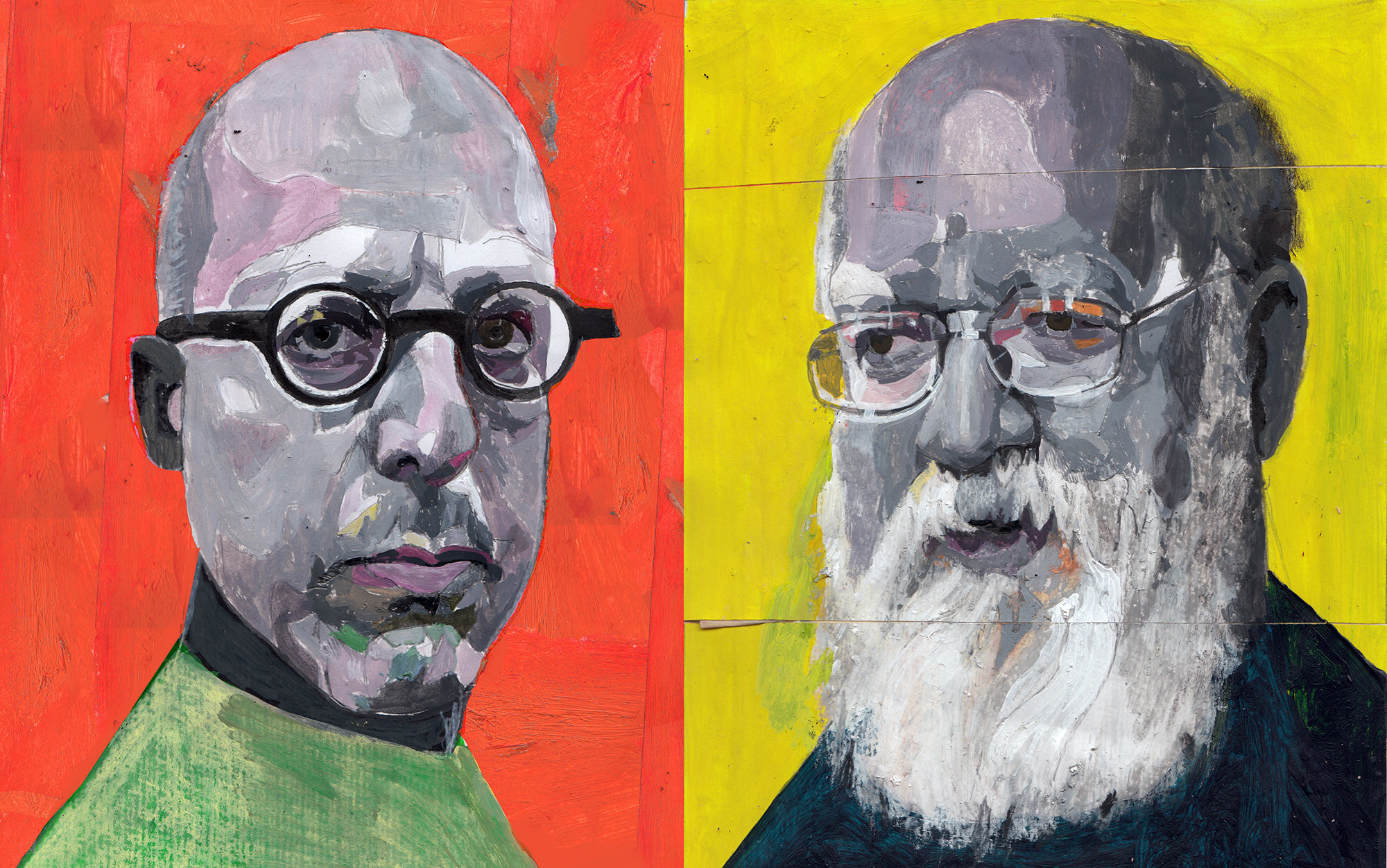How’s your joke memory lately?It’s not as easy as you thought it would be.View this email in your browser
LET’S BE FWENDS ISSUE #35:
A MAN, A HORSE AND A TYPEFACE WALK INTO A BAR
“One of the keys to happiness is a bad memory.”
~ Rita Mae Brown
What is the best way to remember something?

Write it in a poorly readable typeface. There’s an experiment made famous by Daniel Kahneman. It goes like this:
40 students were recruited to read some textual puzzles and take a quiz afterwards. Half of them saw the puzzles in a small, grey, washed out print, the other half in a normal, easily readable version.
In one group, 90% of the students made at least one mistake during test, in the other group, the number of students who made errors was only 35%.
Can you guess which group was which? Exactly. The group who made less errors was the group who got the harder to read text.
The bad copy put cognitive strain on the students, forcing them to pay close attention to what they read, while the other half could skim over their text on autopilot.
The conclusion: If you want to remember something, make it hard to read.
And finally, someone put this findings into practice and created a font that is hard, but not impossible, to read: Sans Forgetica, a typeface for all your notes that will make you remember them when it’s time to take a test.
A Smart City Project that is not that smart

End of February this year I wrote about Project Sidewalk, a city planning project by Alphabet, Googles mother company.
And it looks like some of that scepticism was not unfounded, as Saadia Muzaffar, an important advisor to the project just stepped down, citing grave policy and leadership issues with developing the new district.
One of her biggest concerns was embedding surveillance technology deep into the cities vital infrastructure - a trap into which most smart city projects are bound to fall, or a direction most smart city projects will purposely take, depending on your view.
New York in 2020

Speaking of cities - Here’s a nice interactive site by Natgeo about the new skyline of New York.
On Free Will: A long discussion

Does a free will exist? This is a pretty difficult question that has bugged philosophers for quite some time. Some tried to talk about physics, others about language (because when you say ‘free’, what do you mean by that?), but most of the time they just threw their hands in the air and said “I dunno you tell me!” (at least, that’s what they should have said)
If you follow stoicism, the matter has a profound impact on how you live your life: Stoicism teaches that you shouldn’t concern yourself with matters outside of your control. But if your will is just the result of external factors, then isn’t your will outside of your control as well?
Here’s a fantastic long-read on the issue; a dispute between Daniel Dennett and Gregg Caruso.
Turning the world upside down: Modern Monetary Theory

Modern Monetary Theory turns your way of thinking about money literally upside down: Usually, you think that the government collects taxes, and uses them to finance its spendings. Modern Monetary Theory has it the other way round: Government can create money, and uses this freshly created money to finance its spendings, and uses taxes to get money out of the economy to combat inflation.
That’s a really interesting point. And here’s a podcast about it.
Flies for Titan

Artist Andy Gracie set out to breed fruit flies for a mission to Saturns moon Titan. Without knowing what kind of conditions those flies would encounter there. How to to get them there, for that matter.
And the stories gets weirder from here.
Thank you for reading this edition of Let’s Be Fwends.
Here’s a question to test your memory: What was the first story about? Answer quickly, then congratulate yourself for having the memory of a hundred year old elephant! 🐘
Subscribe to Let's be Fwends